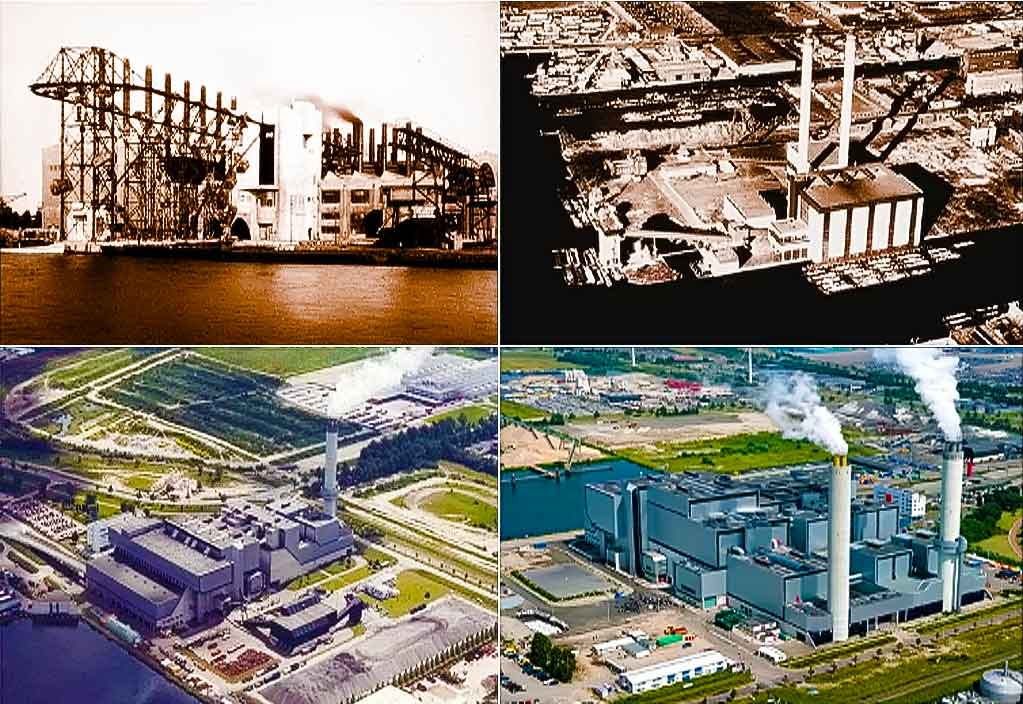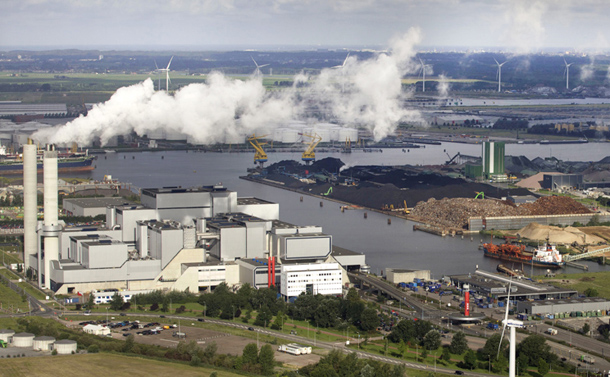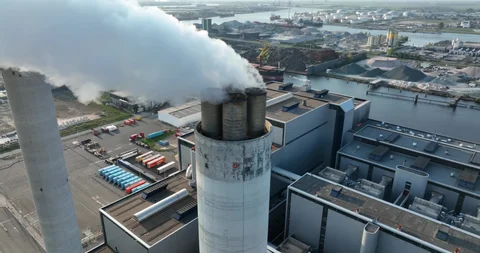
Introduction
Waste-to-energy (WtE) technologies have gained significant attention in recent years as a sustainable solution for managing waste while also generating clean energy. This article aims to compare and evaluate different WtE technologies for their efficiency. By understanding the various options available and the factors influencing their efficiency, we can make informed decisions to optimize waste-to-energy conversion processes.
Historical Background
WtE technologies have a rich history, dating back to the early 20th century when incineration became a popular method for waste disposal. Over time, advancements in technology and environmental concerns have driven the evolution of WtE processes. Key milestones, such as the development of gasification and pyrolysis techniques, have expanded the range of options available for waste-to-energy conversion.
Key Concepts and Definitions
In order to evaluate the efficiency of different WtE technologies, it is important to establish a clear understanding of the terminology involved. Waste-to-energy technologies refer to any process that converts waste materials into usable energy, such as electricity or heat. Efficiency, in this context, refers to the effectiveness of a specific WtE technology in converting waste into energy while minimizing waste and resource consumption.

Main Discussion Points
Overview of different WtE technologies
Different WtE technologies include incineration, gasification, pyrolysis, and anaerobic digestion. Incineration involves the combustion of waste at high temperatures, while gasification and pyrolysis involve thermal processes that convert waste into synthetic gas and bio-oil, respectively. Anaerobic digestion utilizes microorganisms to break down organic waste and produce biogas. Each technology has its own set of principles, processes, advantages, and disadvantages.
Factors affecting efficiency in WtE technologies
Several factors impact the efficiency of WtE technologies, including feedstock composition, operating conditions, and energy recovery methods. The type and composition of waste being processed greatly influence the efficiency of the conversion process. The operating conditions, such as temperature and pressure, also play a crucial role. Additionally, the method of energy recovery, whether through electricity generation or heat production, affects the overall efficiency of the WtE system.
Comparative analysis of WtE technologies
Efficiency levels vary among different WtE technologies. Factors such as feedstock quality, technological advancements, and operational practices contribute to variations in efficiency. By comparing and analyzing these factors, we can assess the strengths and weaknesses of each technology and identify areas for improvement. Recent advancements have focused on enhancing efficiency through better waste segregation, improved combustion techniques, and enhanced energy recovery methods.

Case Studies or Examples
Real-world examples and case studies provide valuable insights into the application and efficiency of different WtE technologies. These case studies showcase successful projects that have achieved high efficiency in waste-to-energy conversion. Lessons learned from these projects can guide future endeavors and inspire innovative approaches to optimize efficiency in WtE technologies.
Current Trends or Developments
The field of waste-to-energy technologies is constantly evolving, driven by recent trends and developments. Increasing emphasis on sustainability and renewable energy has spurred advancements in WtE processes. Ongoing research focuses on improving efficiency through technological innovations, such as advanced gasification techniques and improved waste sorting systems. These trends and developments have the potential to significantly impact the future of WtE technologies.
Challenges or Controversies
While WtE technologies offer numerous benefits, they also face challenges and controversies. Comparing and achieving efficiency in different WtE technologies can be complex due to varying waste compositions and operational constraints. Controversies surround the use of specific WtE technologies, particularly incineration, due to concerns over emissions and potential health risks. Environmental and social concerns, such as waste segregation and public acceptance, also pose challenges to the widespread adoption of WtE technologies.

Future Outlook
The future of comparing and improving efficiency in WtE technologies holds promise for continued advancements. Continued research and development are crucial to address current challenges and optimize waste-to-energy conversion processes. Collaboration between industry stakeholders, policymakers, and researchers will play a vital role in driving innovation and achieving greater efficiency in WtE technologies.
Conclusion
In conclusion, comparing different WtE technologies for efficiency is essential for sustainable waste management and energy generation. By understanding the various technologies, their advantages, disadvantages, and factors influencing efficiency, we can make informed decisions to optimize waste-to-energy conversion. Continued innovation and collaboration will be key to maximizing the potential of WtE technologies and achieving a more sustainable future.




